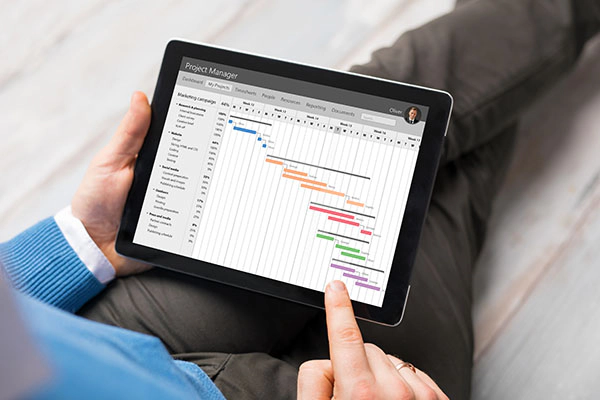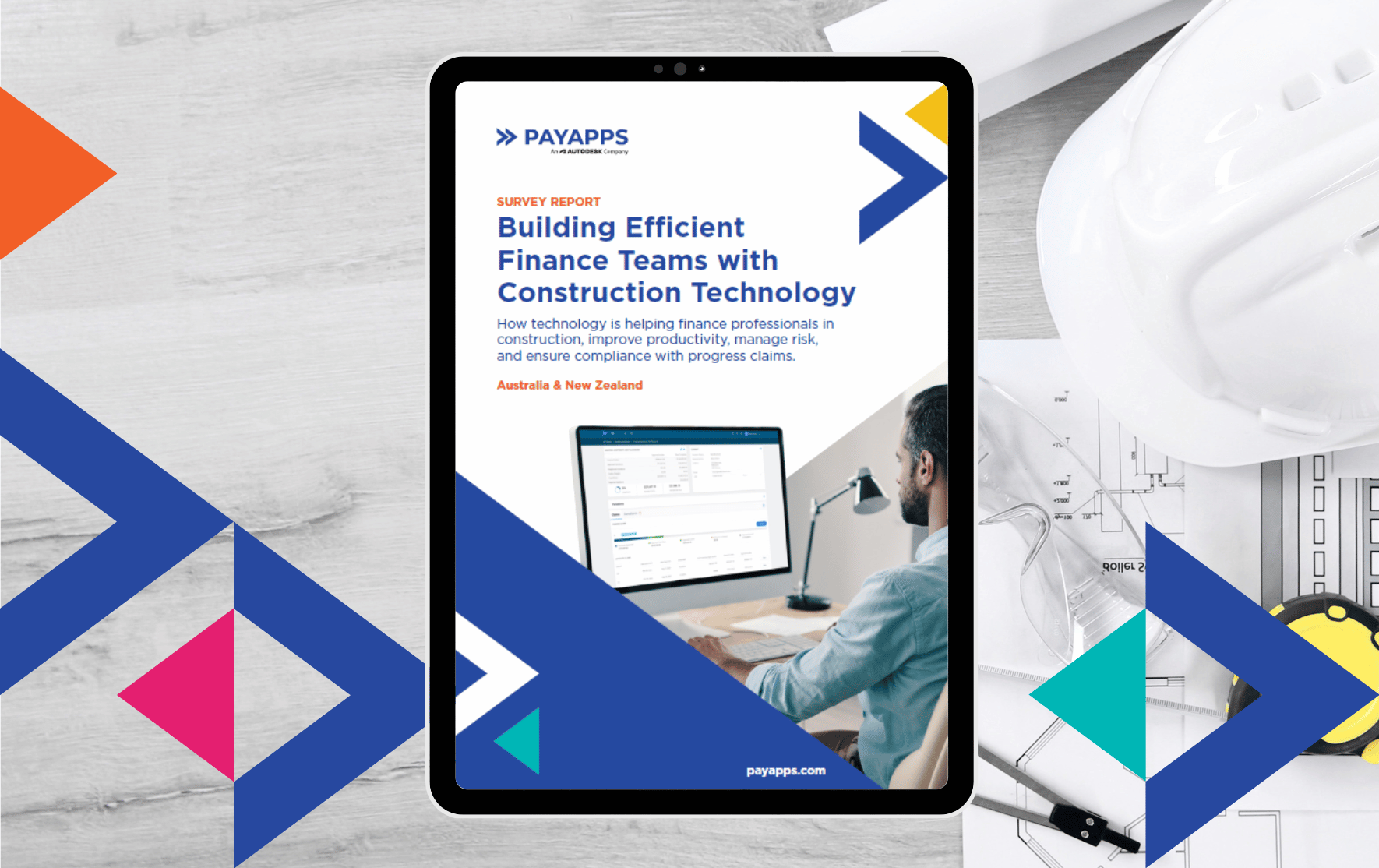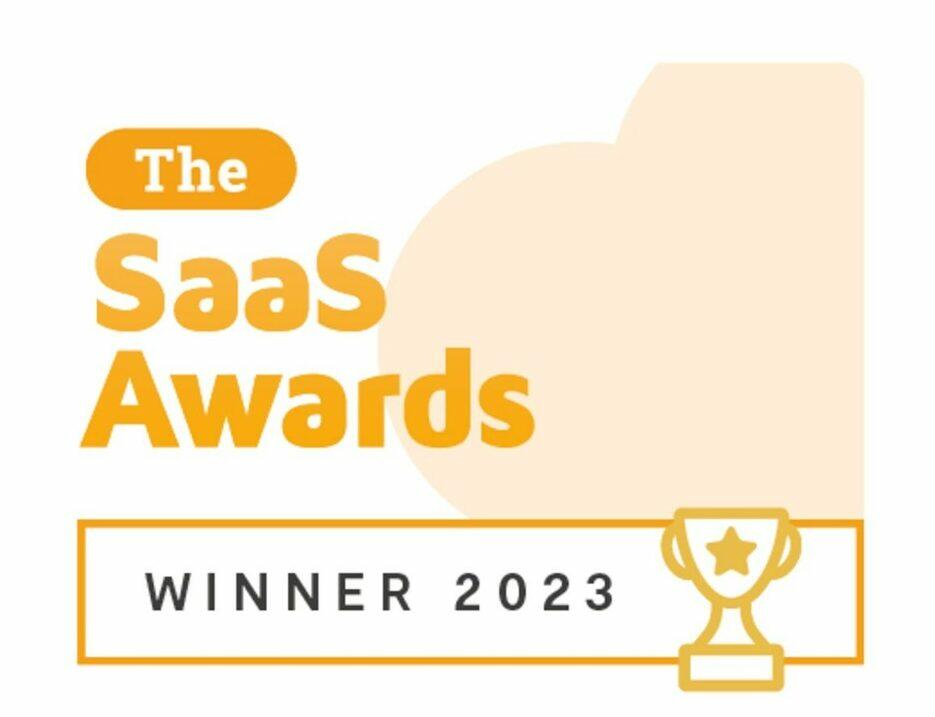Construction business owners and project managers alike know how tough it can be to manage a project, but some are reluctant to change processes to find an easier solution to management.
EXPLORE THE VALUE THAT CLOUD-BASED OPTIONS CAN BRING TO YOUR BUSINESS
SCENARIO 1: WITHOUT PM SOFTWARE
Before you have even had your morning coffee, you receive a call from your subcontractor telling you he’s delayed because of issues with another customer. So, you get to spend the morning retooling your entire work schedule by hand, as well as calling workers to notify them of the adjustments necessary in the original schedule.
Three hours later, you receive a text message stating that one of your workers discovered a nail-gun has been stolen. You have spent the majority of the day rushing all over town delivering or picking up materials for other workers. Just like every jobsite, having the right tools makes all the difference.
Cloud-based PM software offers:
- Real-time access to project data from anywhere on any device
- Consistent and auditable workflows
- Improved field to office communication
- Reduced response times with instant notifications and message alerts
- Increased productivity of teams
- Improved accountability with documentation, tracking and record keeping
- Reduced risk and operational costs
- Increased ROI on every project
SCENARIO 2: WITH PM SOFTWARE
While drinking your morning coffee, you check the day’s schedule on your computer or smart device. You receive a reminder that the drywall in the office you are remodeling is supposed to be completed that day. The same schedule is also available to all your onsite workers, so all team members are also automatically notified with the reminder on their connected devices this morning. As you finish your breakfast, you notice one of your workers updated the equipment database. Five tools are broken and will need to be replaced. You plug the numbers into the software, and it calculates the price automatically. Using the cost estimation feature, you see that if you buy five, you will be over budget, so you decide to stick with four. On your way to the
As you finish your breakfast, you notice one of your workers updated the equipment database. Five tools are broken and will need to be replaced. You plug the numbers into the software, and it calculates the price automatically. Using the cost estimation feature, you see that if you buy five, you will be over budget, so you decide to stick with four. On your way to the
On your way to the jobsite, you receive a call from an employee to pick up a tool he needs immediately. Rather than just buying one, you check the database and see the same tool is at another jobsite, and is not currently being used. You make a detour to that jobsite to pick up the tool. Once at the
Once at the jobsite, you can snap some pics and upload them—in real time—to your project file, complete with annotations. You make a note of all of this in the daily report using your phone’s talk-to-text capability. At the end of the day, your pre-formatted daily report only takes a few minutes to highlight activities, costs, schedule changes and much more.
BELOW ARE EIGHT POINTS TO CONSIDER WHEN BEGINNING THE SEARCH FOR A PM SOFTWARE SUITE THAT FITS YOUR COMPANY.
1. Identify your company’s pain points.
What everyday activities are causing you and your firm the most pain? List these out. Prioritise them in order of importance. Decide which features are must-haves.
2. Look for a proven solution.
You may find there are inconsistencies between how your team works and how the software wants your team to work. Also, make sure the vendor has a proven, tested solution for your niche.
3. Consider future growth.
Consider your company’s future, make sure you purchase software that will grow with your business.
4. Require ease of use.
Just because a software solution has a long list of features, it doesn’t necessarily mean it is the best choice. The solution you select needs to both solve your pains and provide ease of use to your entire team.
5. See a demo of the software.
Bring in as many end users as possible to review the demo. Potential users need to get a feel for the software and can weigh in on its effectiveness. This also helps you procure early buy-in from the staff.
6. View the solution on your hardware.
The vendor says their software will work on all devices, but will it? What happens if your team opens the app in the field and what they see on the screen doesn’t quite fit?
7. Evaluate the solution’s support staff.
You will inevitably run into some issues. Before you reach any major problems, be sure you have access to a qualified support staff. Take into consideration their average response time. You don’t want to wait around when you need an answer.
8. Make your decision.
You have evaluated a lot of solutions, and they are probably starting to blend. Identifying your pains is key to determining the right solution for your company.







